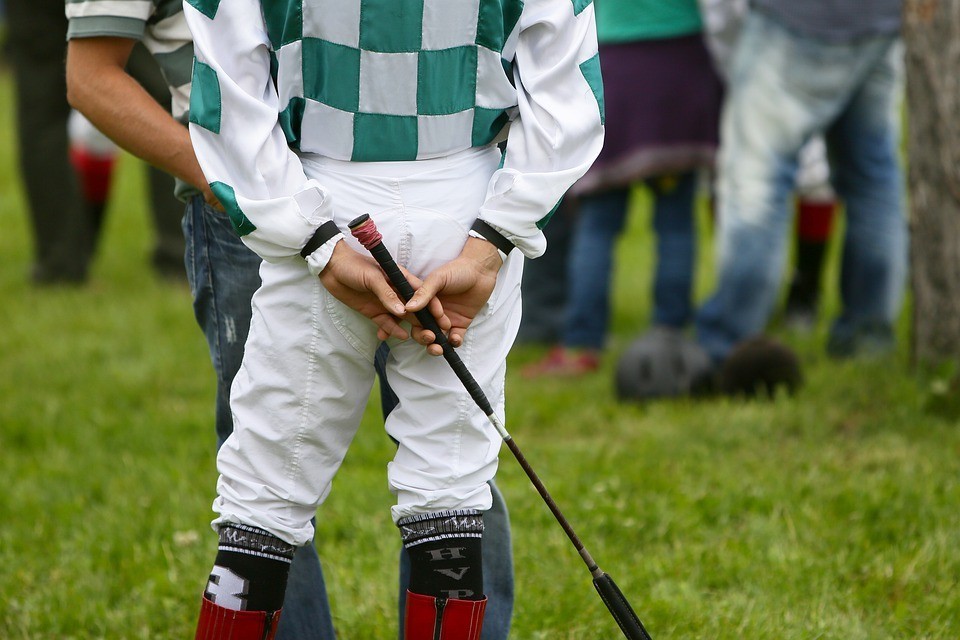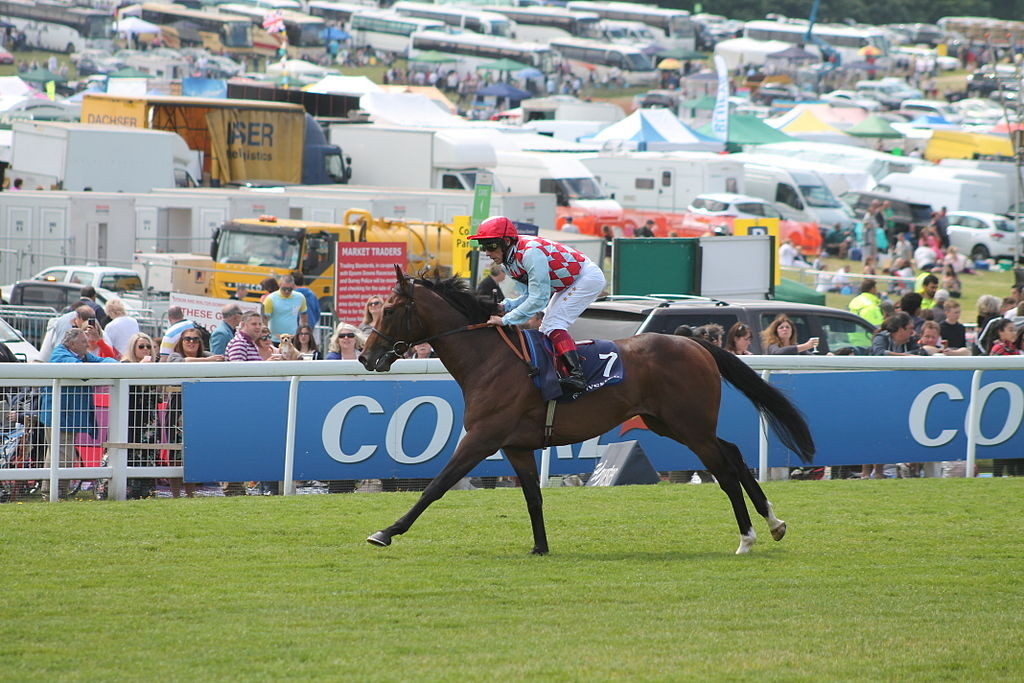The Gay Future affair, or coup, was a plan that was brilliant in its conception, but ultimately ruined by one minor, but critical, oversight on the part of the conspirators. Dubbed ‘Operation Crock of Gold’, the coup was the brainchild of Tony Murphy, a millionaire construction magnate from Co. Cork, and planned for Cartmel on Bank Holiday Monday, August 26, 1974. On that day, the Ulverston Novice Hurdle at the Cumbrian course was the intended target for Gay Future who, as far as anyone not involved was concerned, trained by unheralded permit holder Tony Collins in Troon, on the west coast of Ayrshire, Scotland. However, unbeknown to the racing public, a month or so earlier, an unnamed horse, trained by Edward O’Grady in Co. Tipperary, had been shipped across the Irish Sea to Collins’ yard, with identity documents fraudulently identifying it as Gay Future.
To avoid suspicion, Collins also declared two horses – both moderate, but neither an intended runner – at Southwell and Plumpton, respectively, on the same day. The plan was for Murphy and a diverse cast of characters, later dubbed the ‘Cork Mafia’, to place a series of doubles and trebles on the three Collins-trained horses, safe in the knowledge that when the other two were withdrawn they would revert to single bets on Gay Future, leaving bookmakers with large, unexpected liabilities on the horse. Furthermore, on the day of the race, conditional jockey Jimmy McNeill was replaced by Tim Jones, a leading Irish amateur rider and the regular partner of the horse masquerading as Gay Future.
The plan worked, too, at least insofar that Jones steered the ‘ringer’ to a comfortable, 15-length win at odds of 10/1. However, it appears that the importance of the non-runners seems not to have been adequately stressed to Collins, who made no secret of the fact that he had no intention of running his horses in Nottinghamshire, let alone East Sussex, and allowed them to remain, in plain view, in his yard all day.
All that was required was a telephone call from an inquisitive journalist from the ‘Sporting Life’, to whom an unsuspecting member of stable staff confirmed the whereabouts of the horses, and the scheme started to unravel. Some bookmakers, mainly those in Britain, refused to pay out and Tony Murphy was subsequently found guilty of defrauding bookmakers and ‘warned off’ for ten years by the Jockey Club. He died, at the age of 52, in 1982, before the end of the ten-year period.

